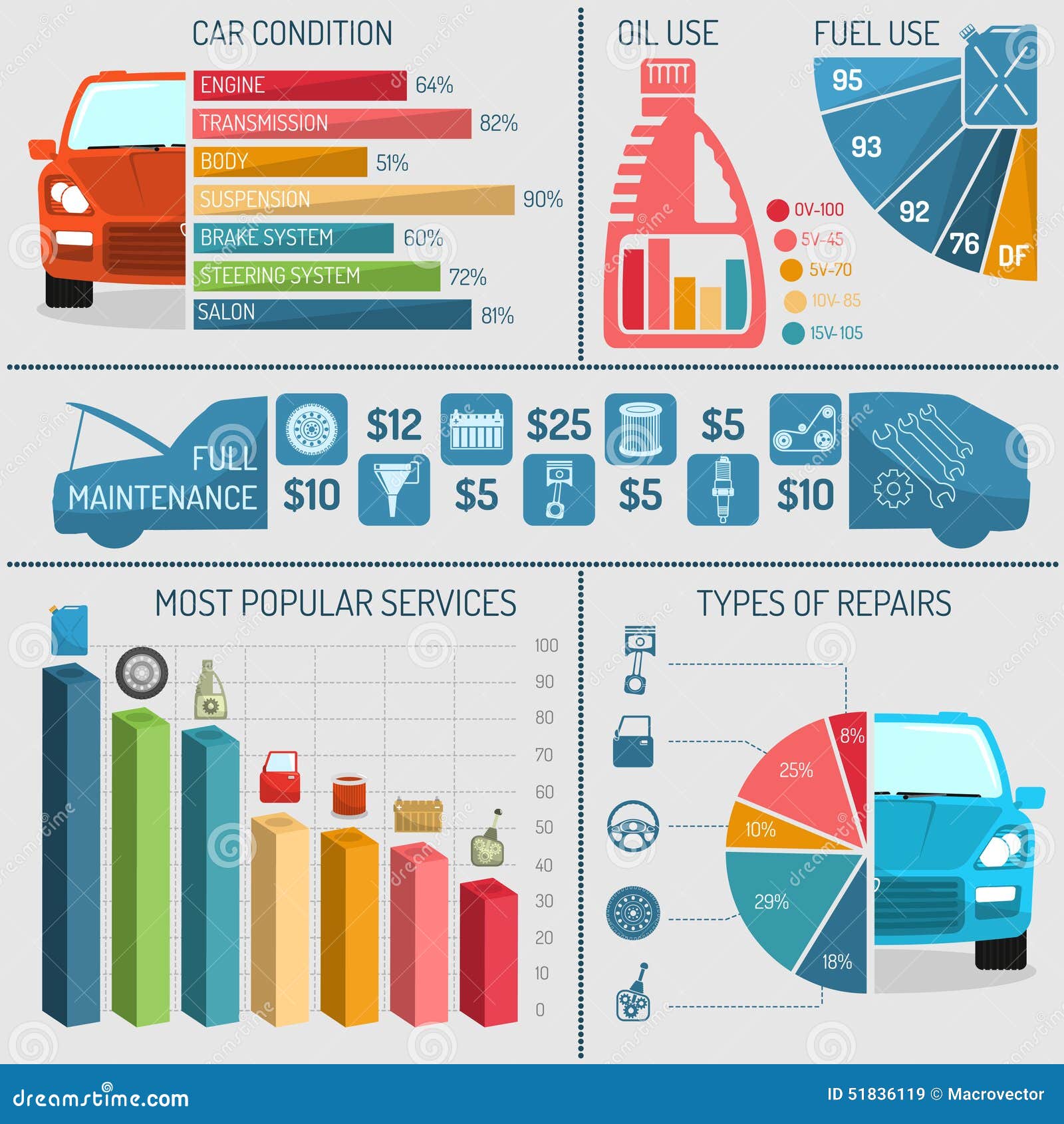Comprehending The Meaning Behind Your Automobile'S Warning Lighting: An Extensive Appearance
Comprehending The Meaning Behind Your Automobile'S Warning Lighting: An Extensive Appearance
Blog Article
Post By-Lim Kejser
When you lag the wheel, those glowing caution lights on your control panel can be a bit complicated. Do you know what they're trying to inform you regarding your car's wellness? Comprehending the relevance of these lights is important for your safety and security and the longevity of your car. So, the next time among those lights turns up, wouldn't you want to understand its message precisely and take the necessary actions to address it?
Common Warning Lights and Interpretations
Recognize typical caution lights in your auto and comprehend their significances to make certain safe driving.
One of the most common caution lights consist of the check engine light, which signals concerns with the engine or discharges system. If https://www.pymnts.com/buy-now-pay-later/2022/bnpl-reduces-stress-paying-auto-repair/ begins, it's important to have your car inspected immediately.
The oil stress alerting light indicates low oil stress, needing prompt focus to prevent engine damages.
https://brake06739.dbblog.net/4524232/uncovering-the-truths-behind-a-luxury-auto-service-center-experience blinking battery light could suggest a malfunctioning billing system, possibly leaving you stranded otherwise dealt with.
The tire pressure tracking system (TPMS) light signals you to low tire stress, affecting automobile security and gas efficiency. Ignoring this might cause risky driving problems.
The abdominal light shows an issue with the anti-lock stopping system, jeopardizing your capability to quit swiftly in emergency situations.
Last but not least, the coolant temperature level alerting light warns of engine overheating, which can cause serious damage otherwise dealt with quickly.
Understanding these typical warning lights will aid you deal with problems without delay and keep safe driving problems.
Importance of Prompt Focus
Recognizing the common caution lights in your vehicle is only the first step; the importance of promptly attending to these cautions can't be highlighted sufficient to guarantee your safety and security when driving.
When a warning light brightens on your control panel, it's your automobile's way of communicating a potential concern that needs attention. Neglecting these warnings can cause extra serious troubles in the future, compromising your security and potentially costing you much more out of commission.
Motivate interest to cautioning lights can protect against malfunctions and mishaps. As an example, a blinking check engine light might suggest a misfire that, if left ignored, might cause damage to the catalytic converter. Addressing this quickly can conserve you from a costly repair.
In a similar way, a brake system alerting light may signal reduced brake liquid or worn brake pads, crucial components for your safety and security when driving.
Do It Yourself Troubleshooting Tips
If you see a warning light on your dashboard, there are a few DIY troubleshooting pointers you can try before looking for professional assistance.
The initial step is to consult your automobile's guidebook to recognize what the specific warning light indicates. Often the concern can be as basic as a loose gas cap activating the check engine light. Tightening the gas cap might fix the problem.
Another common problem is a reduced battery, which can cause numerous cautioning lights. Examining the battery links for rust and guaranteeing they're safe might fix the trouble.
If a warning light lingers, you can try resetting it by disconnecting the car's battery for a couple of minutes and after that reconnecting it. Furthermore, checking your car's fluid degrees, such as oil, coolant, and brake liquid, can help troubleshoot advising lights related to these systems.
Final thought
To conclude, comprehending your car's warning lights is essential for maintaining your automobile running smoothly and safely. By promptly dealing with these alerts and understanding what they imply, you can avoid expensive fixings and prospective failures.
Keep in mind to consult your automobile's guidebook for certain information on each cautioning light and take action appropriately to make certain a trouble-free driving experience.
Stay educated, remain secure on the road!
